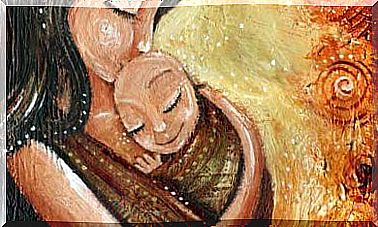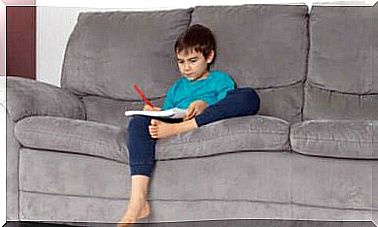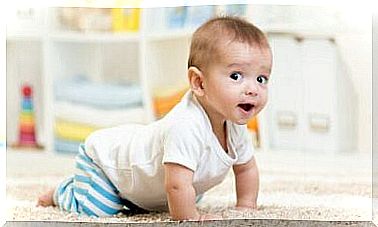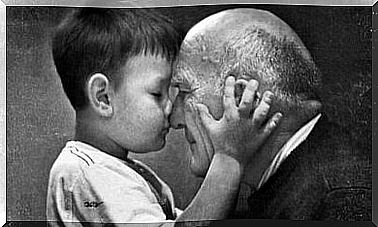Family Home – How Does It Work?
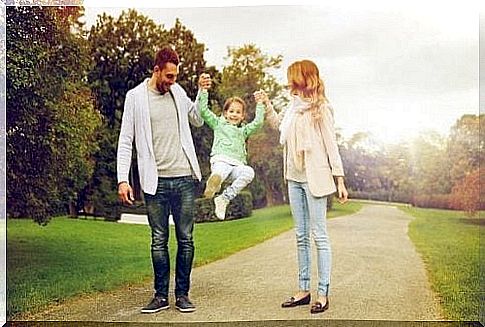
Family homes take care of a child or teenager for a limited time. The host family undertakes to protect the child and meet the child’s physical, emotional, psychological and financial needs until he or she can return to his or her biological family.
Placement in a family home is a temporary protective measure for minors in helpless situations. It gives children a place in a family environment until their own family or close relatives can take care of them. If this proves impossible, an unrelated family home takes in the child.
When parents cannot take care of their children , society has a responsibility to step in and protect the children. In the past, such children were placed in orphanages, but recent research has shown that children need to feel part of a family in order to develop in an appropriate way. The first foster families were then organized, which today have changed their name to a family home.
Family homes take care of the children until their family situation is resolved. Being a foster family does not mean that you become the legal parents of the children you take care of. This is the main difference between family homes and adoptive families.
How family homes work
Foster families must integrate the children into their lives and assist them in their personal, material, spiritual and educational development until they can return to their biological families.
This reunion takes place after the biological parents have received help with how to take care of their children and have shown that they have resolved the conflict or situation that was the reason for the separation.
Foster families allow children to stay in touch with their biological family. This means that they are allowed to meet their parents while the family home protects them.
There are laws that regulate the rights and obligations of all parties involved. The legislation also guarantees respect for children, their biological families and their cultural identities.
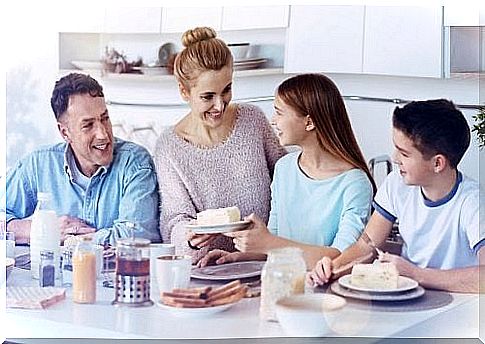
Family homes have a different character than institutionalization. The child receives individual attention and the opportunity to develop in a family environment. This provides a vital and enriching experience for everyone involved.
This cohabitation continues until the conditions that caused the separation have been rectified. If this does not happen then adoption can be a solution.
Requirements for family homes
Family homes can be the solution in several different situations, such as financial difficulties, health problems or conflicts between parents. And since no two situations are alike, the way family homes work can vary.
For example, children can live with the foster family only certain days of the week, if the biological parents’ jobs mean that they cannot take care of the children during that time.
A foster family can also be appointed temporarily for the child. This may be if the parents for a period are not able to take care of their children, for example during a hospital stay.
The most common, however, is long-term care – as you can not predict when the child will be able to return and live with his biological family again.
Taking care of a child: A difficult choice
Married couples have the best starting point for becoming a family home for a child. Couples who have children the same age as the children who need a place have priority. After that, preference is given to married couples without children, and finally to single people.
The social services together with care providers prepare, evaluate and support the family homes. This is crucial, as the situation must be handled with professional support and help.
Raising a child with a tough background is wonderful, but can also be a challenge. The child may feel strange in the family home, or behave inappropriately.
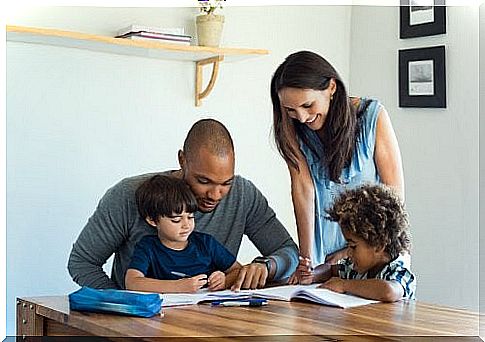
In this context, it is important to point out that the child’s greatest fear is losing his biological family. Since the child does not know the foster parents particularly well, it is natural that they do not know how much they can trust them. That is why it is important to be flexible.
The benefits of family homes
Family homes make it possible for children of all ages to grow up in a family that is not their own, but which is still supportive. They can stay there whenever they need.
This provides both short-term and long-term benefits. Lack of adequate care during early childhood can have serious and sometimes permanent consequences for a child’s development. Thanks to family homes, many children have a happier childhood and a better future.

